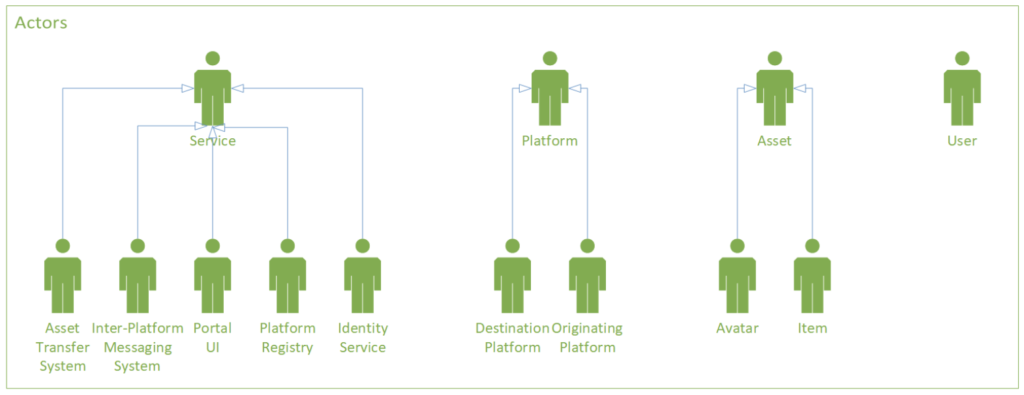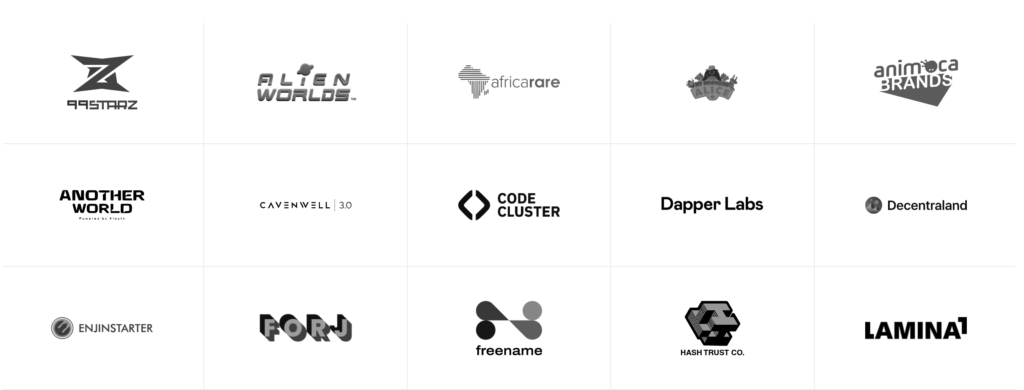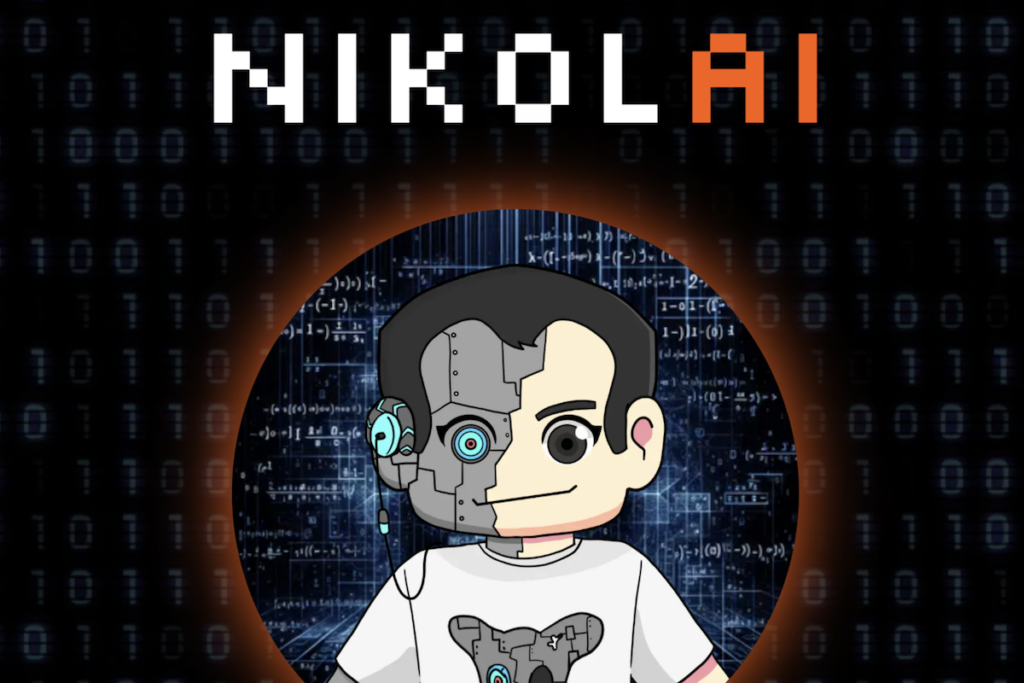The Open Metaverse Alliance (OMA3) has declared a project that aims to solve issues in traversing the metaverse. Nestled in the Swiss city of Zug, this association is a consortium of the leading companies in the metaverse, all united by a shared vision. The group’s mission focuses on creating standards and infrastructure, ultimately paving the way for a user-controlled and user-owned virtual worlds. In pursuing this vision, OMA3 has announced the Inter-World Portaling System (IWPS) project.
Portalling and Mapping the Metaverse
Currently, their most dynamic group is the Portaling and Mapping Working Group (PMWG), according to OMA3. This group maintains that portals could completely reshape our interactions with the metaverse, leading to a more immersive, accessible, and engaging digital realm. Furthermore, they could open up fresh avenues for software developers to monetize. However, despite the promising prospects, hurdles, such as complexity and interoperability, must be overcome.

According to OMA3, Metaverse portals are primed to become the next key technological advancement in a long line of transformative innovations. Drawing parallels with railroads and highways that unified physical locations, and HTTP, which connected digital databases, portals have the potential to create links between diverse metaverse environments. These digital ‘transportation’ gateways could allow users to transition between various metaverse platforms, ultimately improving accessibility and user engagement.
Delving Deeper into the Inter-World Portaling System
The proposed Inter-World Portaling System (IWPS) will function as a solution to navigate the complex landscapes of the metaverse. This isn’t just any ordinary teleportation method; the IWPS is designed to facilitate inter-world travel. In practice, this means users can move among various metaverse platforms. Iconic platforms like Alien Worlds, My Neighbor Alice, The Sandbox could all become part of this interconnected network.
The IWPS by OMA3 could redefine intra-world teleportation systems, expanding their capabilities to encompass different worlds, not just locations within the same world.

OMA3’s Portal Goals
The system OMA3 is developing is intended to be intuitive, cross-platform, flexible, and performant, thereby enhancing user experience within the metaverse. It aims to streamline user interactions, making processes like sign-ons, platform launches, and user setups easy. As metaverse platforms are built on various technology stacks, a truly universal portal system must support all possibilities.
Moreover, OMA3 recognizes the portal system should be flexible enough to support different levels of Web3 adoption and respect each platform’s uniqueness without confusing users. Lastly, the system’s performance is crucial. Metrics like throughput, latency, reliability, uptime, and resistance to DDoS attacks are key considerations, along with maintaining user privacy and ensuring widespread interoperability.
A huge undertaking, however, OMA3’s and their IWPS goals represent a collective effort of creators behind Web3 metaverse platforms. Their aim centers on fostering high levels of interoperability among virtual lands, digital assets, ideas, and services across various platforms while maintaining transparency for all communities involved. They maintain an open-door policy, welcoming all builders in the Web3 metaverse to join their efforts.
With this bold project, OMA3 sets the stage for an interactive and interconnected metaverse, underpinning the vast potential of Web3 and Metaverse development. Their pioneering approach to the inter-world portal system may well change how we explore and interact with the digital realms of the metaverse, and we’re looking forward to following the project’s progress.




